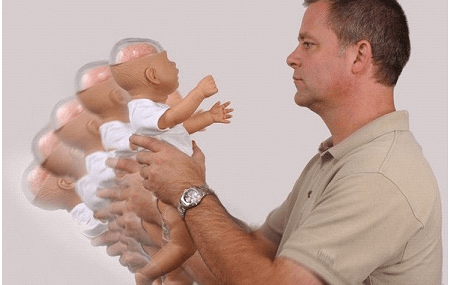Sun safety
Sun safety
Protecting children from getting too much sun is important, whether they are playing outside or are with you on an errand. The hot summer sun can be dangerous for children. A child can sunburn easily, even on a cloudy day. Bad sunburns and too much time spent in the sun without skin protection have been linked to a higher risk of skin cancer later in life.
During the summer months, children can easily lose body fluid and become dehydrated. Children’s skin can also be burned by touching hot surfaces, such as pavement, metal slides or car doors.
How can I keep my child safe from the sun?
Avoid being in the sun for long periods of time at the start of the season. Gradually increase the amount of time you spend outdoors with your child over a period of several days. When possible, stay indoors or in the shade during the hottest time of the day, 10 a.m. to 2 p.m.
To prevent sunburn:
- Limit sun exposure, especially during peak hours,
- Always protect babies from the sun:
- Cover your baby in loose clothing and make sure she’s wearing a hat,
- Use a stroller sunshade to cover your baby,
- Properly apply a small amount of sunscreen with SPF (sun protection factor) 30 on exposed areas. Note that sunscreen is not recommended for babies under 6 months old, who can rub it in their eyes and mouth.
- Make sure your child’s favourite play areas have a shady spot or bring along a sun umbrella.
- Your child should wear a sun hat with a wide brim and back flap to protect the back of the neck, sunglasses with 100% UV protection (“broad spectrum”) and loose cotton clothing to protect skin from the sun’s rays.
- At least 30 minutes before heading outside, apply sunscreen with an SPF of at least 30 on all areas of your child’s skin that will be exposed to the sun. Use a lip balm with SPF 15 as well.
- Ears
- Nose
- Back of neck and legs
- Tops of feet
- Reapply sunscreen every few hours and after swimming or vigorous play.
- Encourage your child to drink plenty of fluids, especially water. Children don’t necessarily feel thirsty while at play.
Remember to put sunblock on:
Be alert for signs that your child is experiencing heat illness and needs to go inside. These include thirst, fatigue, leg or stomach cramps, and cool, moist skin, which can be a sign of heat exhaustion. Bring your child inside or into a cool, shady area, and offer frequent, small sips of water. Removing extra clothing and fanning can help your child cool down slowly. Most importantly, led by example and remember to protect yourself from the sun as well.






Recent Comments